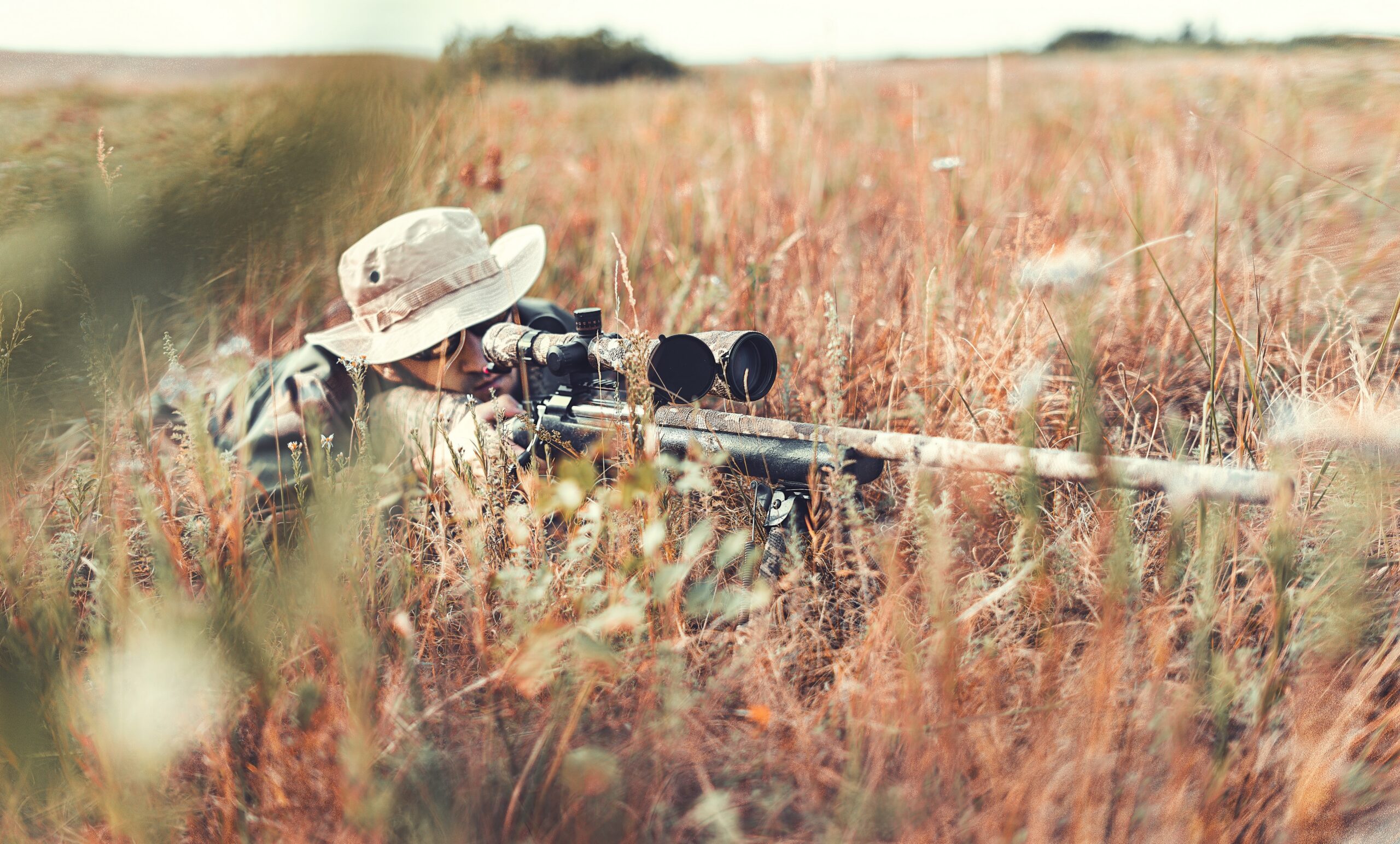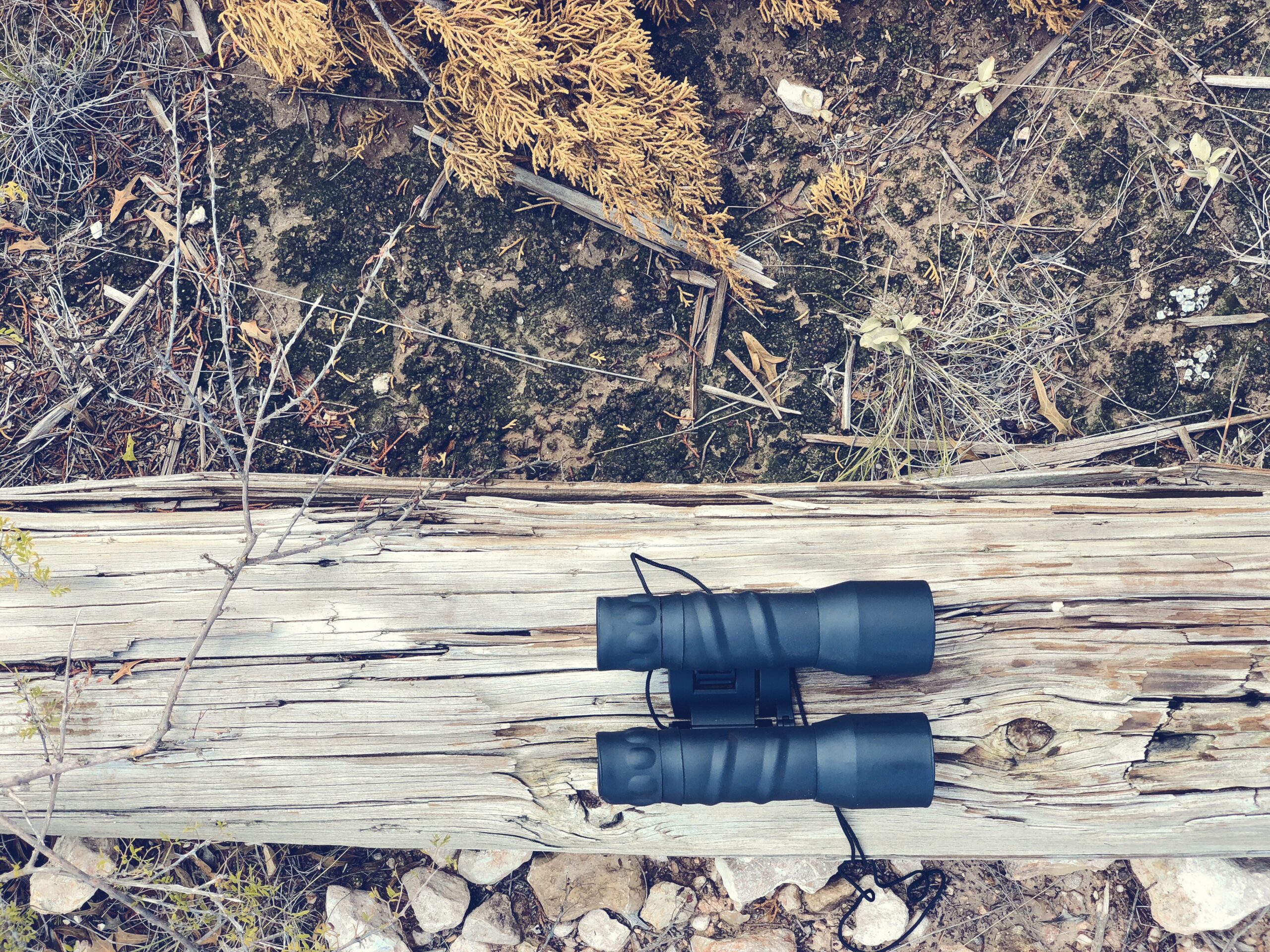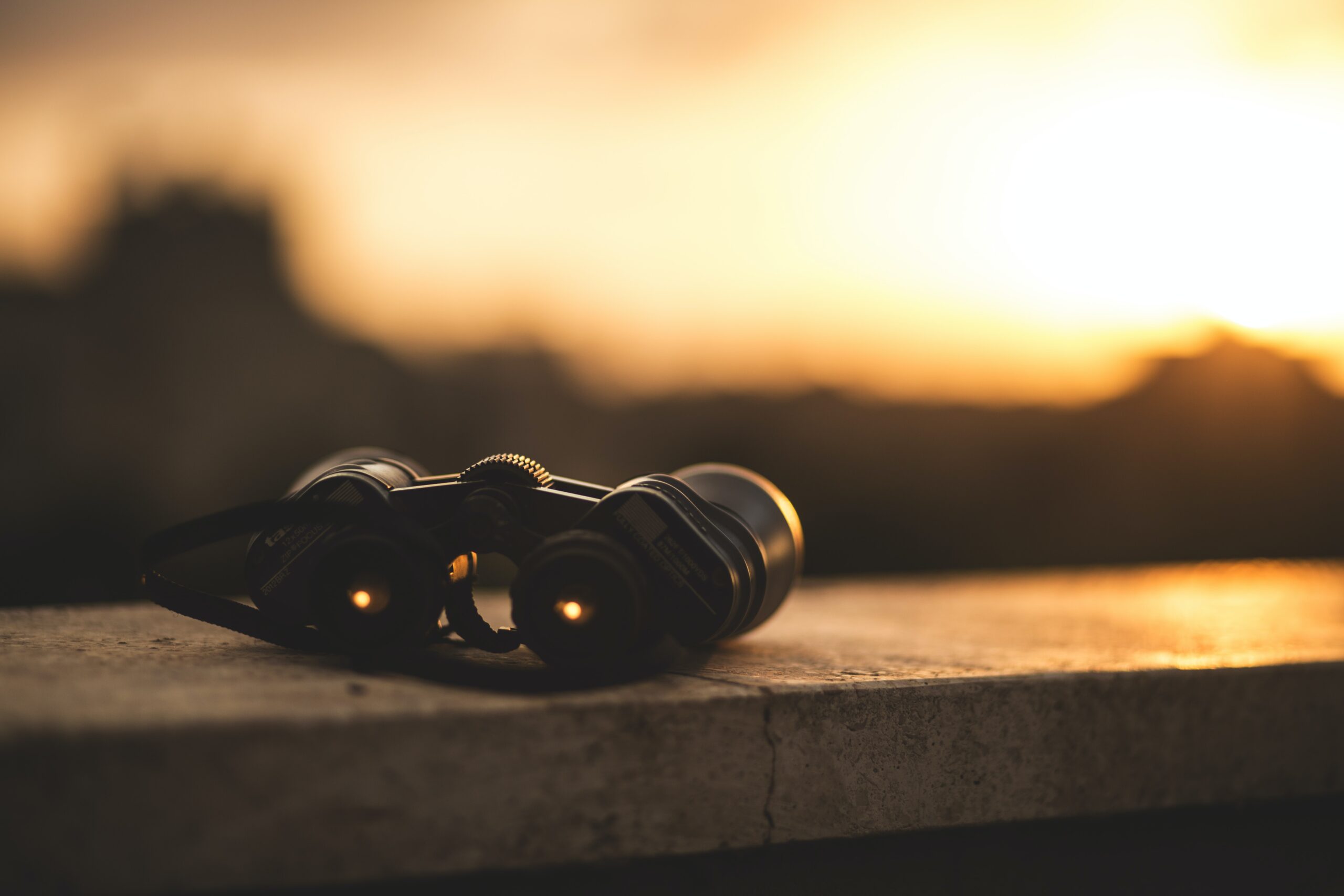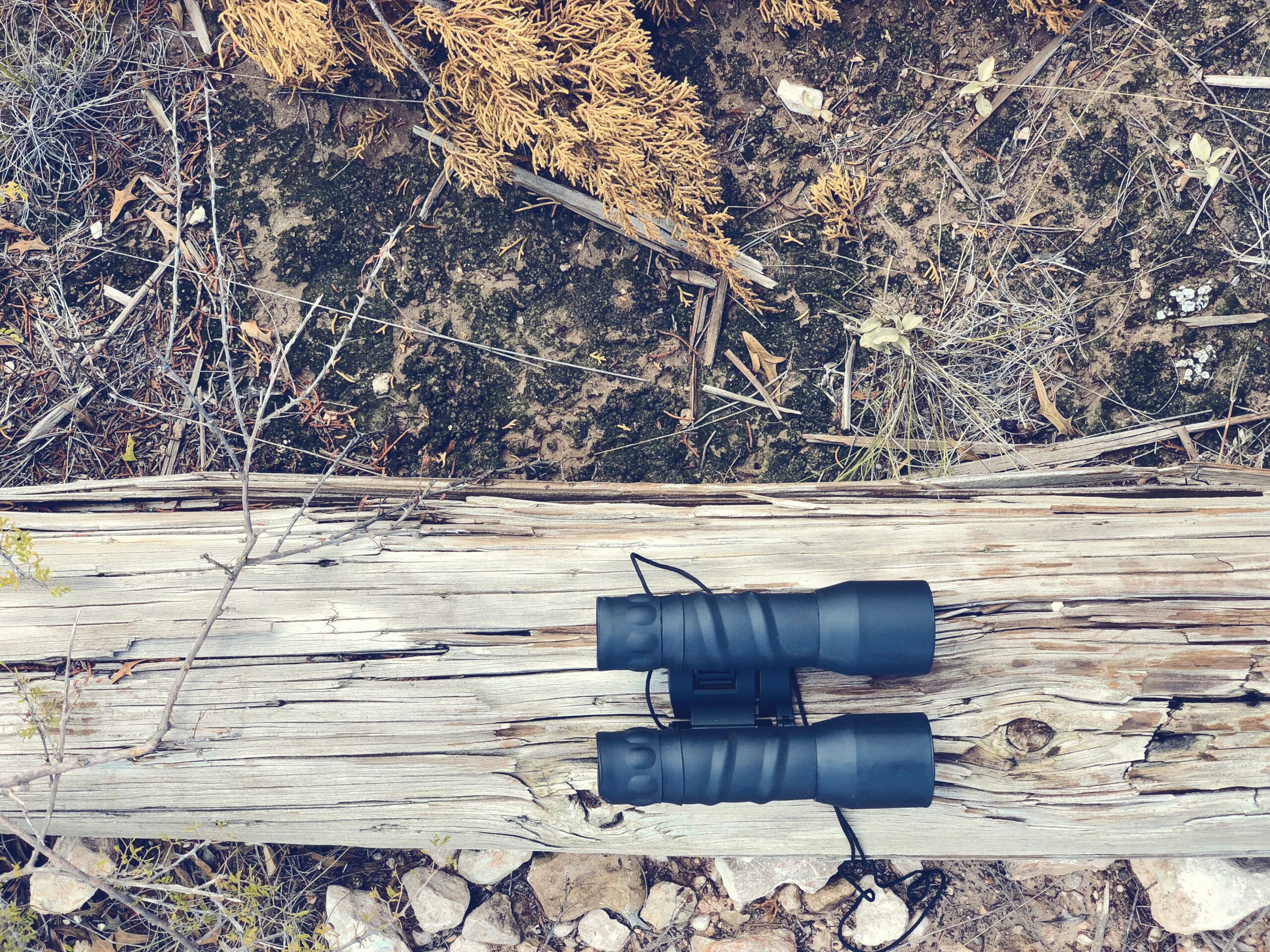In the world of birding, having a pair of reliable binoculars is crucial for spotting and observing those elusive feathered creatures. But what happens when your birding binoculars are not performing up to par? Specifically, how can you tell if the prism system in your binoculars is defective? In this article, we will explore several signs that may indicate a faulty prism system, allowing you to identify and rectify any issues and get back to enjoying a clear and crisp view of the avian world.

Understanding Birding Binoculars
Birding binoculars are essential tools for birdwatchers, allowing them to observe birds more closely and in greater detail. These binoculars are specifically designed to provide clear and magnified images of birds, enabling birdwatchers to appreciate their colors, patterns, and behaviors. To fully understand birding binoculars, it is important to explore their different types, the mechanisms of how they work, and the role of prism systems in enhancing their performance.
Types of Birding Binoculars
There are two primary types of birding binoculars: porro prism and roof prism systems. Porro prism binoculars consist of an offset optical path, where the objective lenses are not in line with the eyepieces. This design allows for a wider field of view and generally provides better depth perception. On the other hand, roof prism binoculars have a straight optical path, offering a more compact and streamlined design. Roof prism binoculars are typically more lightweight and easier to handle. Each type of binocular has its own advantages and it is important to choose the one that best suits your birdwatching style and preferences.
How Do Birding Binoculars Work?
Birdwatching binoculars work by combining the optics of the objective lenses, the eyepieces, and the prism system. The objective lenses capture and focus the light from the birds, while the eyepieces magnify the image for easier viewing. The crucial component in birding binoculars is the prism system, which serves to correct the inverted image produced by the objective lenses and ensure the observation is upright and correctly oriented.
The Role of the Prism System in Birding Binoculars
The prism system plays a crucial role in enhancing the performance of birding binoculars. It corrects the inverted image produced by the objective lenses, ensuring that the image observed through the eyepieces is right-side up. Additionally, the prism system allows for a more compact and lightweight design, as it folds the light path within the binoculars. The quality and alignment of the prisms directly impact the clarity and sharpness of the observed images. Therefore, understanding the science behind binocular prism systems is essential in determining the overall performance and quality of birding binoculars.
The Science Behind Binocular Prism Systems
Binocular prism systems are designed to provide high-quality and accurate image reproduction. It is important to grasp the purpose of these systems and the differences between porro prism and roof prism designs. Understanding how prisms affect binocular performance will allow birdwatchers to make informed decisions when choosing the right binoculars for their needs.
The Purpose of Prism Systems
The primary purpose of prism systems in binoculars is to rectify the inverted image produced by the objective lenses. The prisms achieve this by refracting, reflecting, and manipulating the light path, ultimately resulting in an upright and correctly oriented image for the observer. Additionally, prism systems allow for a more compact and ergonomic design, making binoculars easier to handle and carry during birdwatching expeditions.
Porro Prism vs. Roof Prism Systems
Porro prism and roof prism systems differ in their internal structure and optical path. Porro prism systems use a Z-shaped light path, where the objective lenses are spaced wider apart and the eyepieces are closer together. This design offers several advantages, including better depth perception, wider field of view, and often more affordable pricing. Roof prism systems, on the other hand, have a straight optical path, allowing for a more streamlined and compact design. They are generally more lightweight and more suitable for outdoor and travel purposes.
How Prisms Affect Binocular Performance
The quality and alignment of prisms strongly influence the performance of birding binoculars. Well-crafted prisms with precise construction ensure optimal light transmission and minimal loss of image clarity. When prisms are properly aligned, the result is a sharp and high-resolution image, allowing birdwatchers to observe even the smallest details on birds’ bodies and behaviors. However, prisms that are misaligned or defective can introduce distortions, reduce image quality, and cause discomfort during extended use.
Common Problems in Binoculars’ Prism System
While binoculars’ prism systems are crucial for optimal performance, they can also be susceptible to various issues. Understanding these common problems will help birdwatchers recognize potential defects and address them appropriately. Some of the most commonly encountered problems in binoculars’ prism systems are deflection and misalignment of prisms, physical damage to the prisms, and degradation of prism coating.
Deflection and Misalignment of Prisms
Deflection and misalignment of prisms can occur due to mishandling or accidental drops of the binoculars. This can lead to decreased image quality, alignment issues, and double vision. When the prisms are not properly aligned, the light path is disrupted, causing distortions and reducing the overall performance of the binoculars. It is important to handle and store binoculars carefully to avoid such issues.
Physical Damage to the Prisms
Binocular prisms can sustain physical damage, such as chips, cracks, or fractures, which can significantly impact their effectiveness. Physical damage often leads to light loss, reduced clarity, and the appearance of dark spots or shadows within the image. Taking precautions to protect the binoculars from accidental drops or impacts is crucial in preventing physical damage to the prisms.
Degradation of Prism Coating
Prism coating is a thin layer applied to the prism surfaces to increase light transmission, improve image quality, and minimize reflections. Over time, this coating can wear off or degrade, resulting in decreased brightness, contrast, and overall image quality. Exposure to harsh environmental conditions, excessive cleaning, or the use of abrasive materials can accelerate the degradation of prism coating.
Clear Indicators of Defective Prism System
While it is essential to have a comprehensive understanding of the common problems in binoculars’ prism systems, it is equally important to recognize the signs of a defective prism system. By being able to identify these indicators, birdwatchers can take appropriate measures to address the issue and potentially have the prism system repaired by professionals. Some clear indicators of a defective prism system include difficulty in focusing, distorted or blurry images, and double vision or overlapping images.
Difficulty in Focusing
If you find it increasingly challenging to achieve a clear and focused view through your binoculars, it may be an indication of a problem in the prism system. A defective prism system can hinder the smooth adjustment of focusing mechanisms, resulting in blurred or unfocused images. Paying attention to any consistent difficulties in focusing is crucial for timely resolution of the issue.
Distorted or Blurry Images
When you notice a persistent lack of clarity, distorted shapes, or an overall reduction in image quality, it is likely that your prism system is compromised. Defective prisms can introduce optical distortions, causing images to appear stretched, warped, or out of focus. If you find yourself consistently experiencing distorted or blurry images while using your binoculars, it is important to investigate the condition of the prism system.
Double Vision or Overlapping Images
One of the most evident indicators of a defective prism system is the occurrence of double vision or overlapping images. This occurs when the prisms are misaligned or damaged, causing the light path to split unevenly. The result is a duplicated image or images that do not merge into a single, clear view. If you consistently observe double vision or overlapping images through your binoculars, it is crucial to address the issue promptly.

Impact of Environmental Factors on Prism Systems
Prism systems can be significantly affected by environmental factors, including extreme temperatures, moisture, and long-term sun exposure. Understanding the impact of these elements on the prism system is vital for maintaining the functionality and longevity of your binoculars.
Exposure to Extreme Temperatures
Extreme temperatures can affect the alignment and performance of the prism system. Rapid changes in temperature or exposure to extreme heat can cause the prisms to expand or contract, potentially leading to misalignment, image distortion, and other issues. It is recommended to store your binoculars in a cool and dry place to minimize the impact of temperature fluctuations.
Moisture and Prism Coating Damage
Moisture, whether in the form of rain, condensation, or high humidity, can damage the prism coating and affect the overall performance of the binoculars. Over time, moisture can cause the prism coating to degrade, resulting in decreased light transmission and compromised image quality. Whenever your binoculars come into contact with moisture, it is important to dry them thoroughly before storing them.
Effects of Long-Term Sun Exposure
Long-term sun exposure can have detrimental effects on the prism system and the overall condition of the binoculars. Ultraviolet (UV) rays from the sun can cause the prism coating to deteriorate, leading to a decrease in color fidelity and contrast. Prolonged exposure to intense sunlight can also cause the external components of the binoculars to fade or deteriorate. It is advisable to avoid leaving your binoculars exposed to direct sunlight for extended periods and to use protective covers or cases when not in use.
Professional Inspection of Prism Systems
When experiencing issues with the prism system, seeking professional assistance can be crucial in identifying and resolving the problem. Professionals have the expertise and tools necessary to thoroughly inspect the prism system and provide accurate diagnoses. Understanding the process of professional inspection, the common issues they identify, and when to consider seeking their assistance is essential for maintaining the performance of your binoculars.
How Professionals Inspect Prism Systems
During a professional inspection, experts thoroughly examine the prism system to identify any defects, misalignments, or damage. They use specialized tools and techniques to assess the functionality and alignment of the prisms, ensuring proper light transmission and image quality. Professionals may also evaluate the prism coating for signs of wear or degradation. Based on their findings, they can provide recommendations for repair or replacement.
Frequently Identified Issues by Professionals
Professionals often encounter common issues in binoculars’ prism systems. These issues include misalignment of the prisms, physical damage to the prisms, degradation of prism coating, and issues with the internal components of the binoculars. By identifying these issues, professionals can effectively address and resolve them, restoring the functionality and performance of the binoculars.
Seeking Professional Assistance
It is recommended to seek professional assistance when experiencing persistent issues with the prism system or when you suspect a defect in the binoculars. Professionals have the knowledge and expertise to accurately diagnose and fix problems, ensuring the optimal performance of your binoculars. By relying on their services, you can have peace of mind knowing that your binoculars are in the hands of skilled technicians.

Self-inspection Techniques to Detect Prism Defects
While professional inspection is the most reliable method for identifying prism defects, there are certain self-inspection techniques that can be utilized to detect potential issues. Conducting basic binocular check-ups, paying attention to specific and common prism defects, and knowing when to consider professional inspection can help birdwatchers maintain their binoculars’ prism systems.
Basic Binocular Check-up Steps
Performing a basic check-up on your binoculars can help detect potential prism defects. Start by inspecting the external components, ensuring there are no visible signs of physical damage or misalignment. Next, evaluate the functionality of the focusing mechanisms by adjusting them and observing the resulting image quality. Finally, examine the prism coating for signs of wear or degradation. While a basic check-up cannot replace professional inspection, it is a useful initial step in determining the overall condition of your binoculars.
Detecting Common Prism Defects at Home
Several common prism defects can be detected at home through careful observation. Look for signs of misalignment, such as double vision or overlapping images, while focusing on distant objects. Evaluate the clarity and sharpness of the observed images, ensuring there are no distortions or blurriness. Additionally, pay attention to any unusual reflections or dark spots within the field of view. If you notice consistent issues or abnormalities, it may be an indication of a prism defect that requires further inspection or repair.
When to Consider Professional Inspection
While self-inspection techniques are helpful in detecting potential prism defects, it is important to recognize their limitations. If you encounter persistent issues with focusing, distorted images, or other indicators of a defective prism system, it is advisable to seek professional inspection. Professionals have the knowledge and equipment necessary to accurately diagnose and repair prism defects, ensuring the optimal functionality and longevity of your binoculars.
Maintaining Birding Binoculars and Prism Systems
Proper maintenance and care are essential for preserving the functionality and performance of birding binoculars, including their prism systems. Regular cleaning, avoiding excessive exposure to environmental elements, and seeking professional maintenance services when required are crucial in maintaining the longevity of your binoculars.
Regular Cleaning and Care of Binoculars
Regular cleaning of your binoculars is essential to remove dirt, dust, and other debris that can accumulate on the lenses and prisms. Use a soft, lint-free cloth or lens cleaning tissue to gently wipe the lenses and prisms. Avoid using abrasive materials or excessive force, as these can scratch or damage the delicate coatings. Additionally, store your binoculars in a dry and cool place, protected from moisture and extreme temperatures.
Preserving the Prism System
To preserve the prism system, it is important to handle your binoculars with care, avoiding accidental drops or impacts that can damage the prisms. When using your binoculars, avoid touching the prisms directly to minimize the risk of fingerprints or smudges. If fingerprints or smudges appear on the prisms, clean them using a lens cleaning solution and a lens cleaning cloth designed for optical surfaces. It is also advisable to use lens caps or covers when not actively using the binoculars to prevent dust or debris from accumulating on the prisms.
Professional Maintenance Services
In addition to regular cleaning, periodic professional maintenance services are highly beneficial for preserving the functionality of your binoculars’ prism system. Professional technicians have the expertise to disassemble and clean the internal components of the binoculars, including the prisms, ensuring optimal light transmission and image quality. They can also evaluate the condition of the prism coating and provide necessary repairs or re-coating as required. Regular professional maintenance can extend the lifespan of your binoculars and enhance their overall performance.
Costs Involved in Prism System Repair
Understanding the costs involved in prism system repair is important for budgeting and making informed decisions. Factors such as the nature of the defect, the type of binoculars, and the choice between DIY repair and professional repair services can impact the total expenses.
Estimating Repair Costs: Factors to Consider
The costs of prism system repair can vary depending on several factors. The nature and severity of the defect play a significant role in determining the complexity and extent of the repair required. Additionally, the type and brand of the binoculars can influence the availability and cost of replacement parts, should they be needed. It is advisable to consult with professional repair services to obtain accurate estimates based on the specific issues with your binoculars’ prism system.
DIY Repair vs. Professional Repair Costs
While some birdwatchers may opt for do-it-yourself (DIY) repairs to save costs, it is essential to consider the risks and limitations involved. DIY repairs require a certain level of technical expertise and knowledge, as mishandling or improper repairs can cause further damage to the binoculars. Additionally, the cost of specialized tools and replacement parts should be factored in. Professional repair services, although generally more expensive, ensure accurate diagnosis, proper repairs, and the use of high-quality replacement parts, providing peace of mind and preserving the value of your binoculars.
Warranty and Repair Services
When considering repair costs, it is important to review the manufacturer’s warranty and repair services. Many reputable manufacturers offer warranties that cover defects in materials and workmanship for a specified period. If your binoculars are still covered by the warranty, you may be eligible for free or discounted repairs. Understanding the warranty terms and conditions can help mitigate costs and expedite the repair process.
Choosing the Right Birding Binoculars
Selecting the right birding binoculars involves careful consideration of the quality of the prism system, the manufacturer’s track record, and user feedback. By assessing these factors, birdwatchers can make informed decisions and choose binoculars that meet their specific needs and preferences.
Assessing Quality of Prism System
The quality of the prism system directly affects the performance and image quality of the binoculars. Consider binoculars that utilize high-quality prisms with precise construction to ensure optimal light transmission and minimal image distortion. Research and compare different models, paying attention to customer reviews and expert opinions that testify to the quality of the prism system.
Verifying Manufacturer’s Track Record
A manufacturer’s track record in producing reliable and high-performance binoculars is an important consideration when choosing the right birding binoculars. Look for manufacturers with a solid reputation for producing durable and well-designed products. The longevity of the manufacturer and their commitment to customer satisfaction can serve as indicators of the quality and reliability of their binoculars’ prism systems.
Reviewing User Ratings and Feedback
User ratings and feedback provide valuable insights into the performance and reliability of birding binoculars’ prism systems. Reading reviews from fellow birdwatchers who have used the same model can help gauge the overall user experience and satisfaction. Consider binoculars that consistently receive positive reviews regarding the clarity, sharpness, and overall performance of their prism systems.
Choosing the right birding binoculars requires careful consideration of the prism system, the manufacturer’s reputation, and the experiences of other users. By selecting binoculars with a high-quality prism system, backed by a reputable manufacturer and positive user feedback, birdwatchers can enhance their birdwatching experience and fully appreciate the beauty of birds in the wild.

